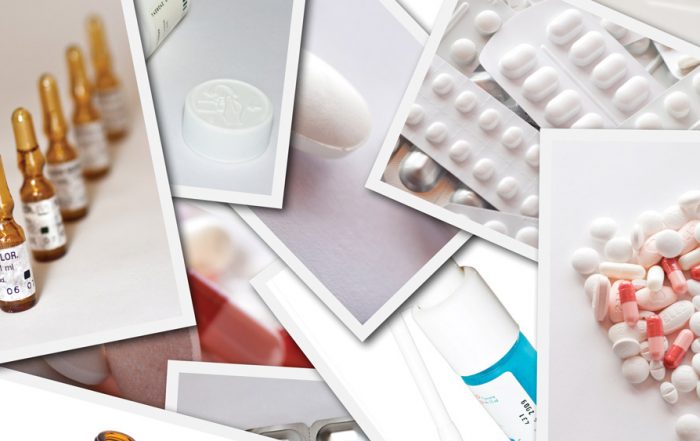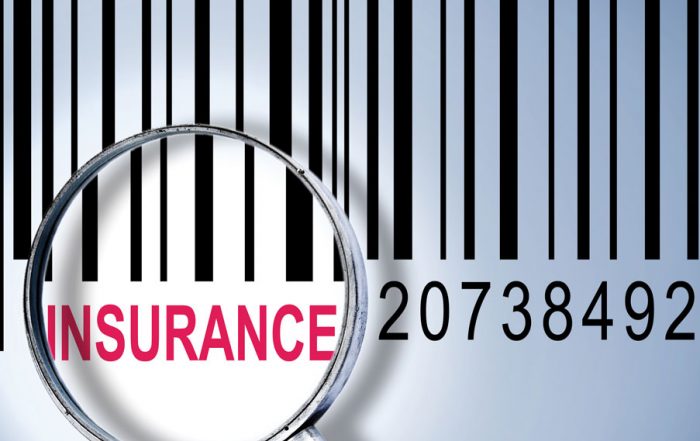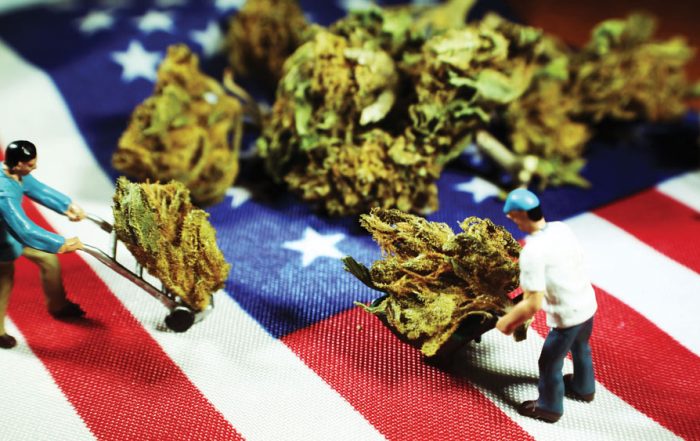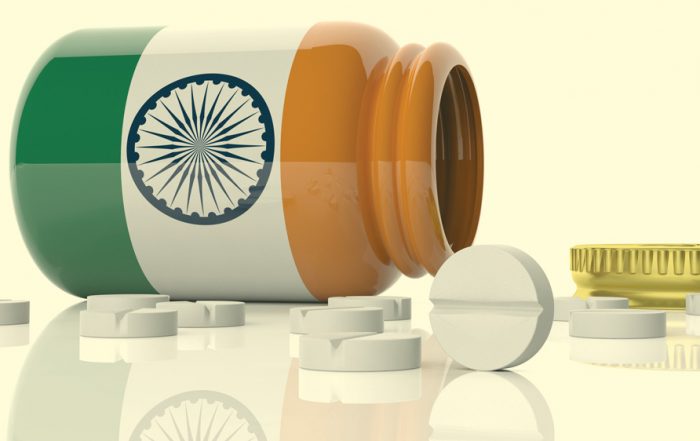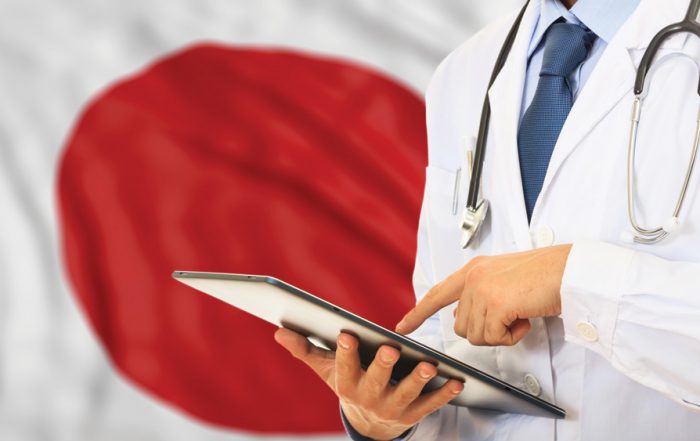
Intellectual Property for the Food and Drug Law Professional: Issues that Arise in the Product Development Process
by Lacy Kolo and Thomas Wolfe
This article is Part II of a three-part series covering the processes, issues, and tools an intellectual property attorney uses through the development and launch of a product. These articles are not meant to replace the sound advice of your in-house IP counsel or the IP attorneys at your outside law firms. Instead, these articles are meant to help you spot intellectual property issues as they appear in the design cycle. In the first article (Update magazine, March/April 2017), we introduced the types of intellectual property and the activities the IP attorney accomplishes in each product development stage.
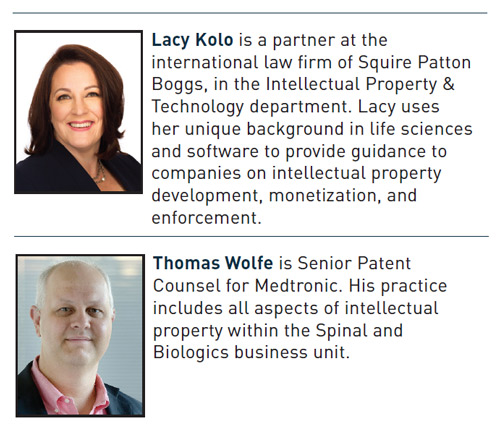 Today’s article is intended to help you identify the types of intellectual property issues that arise during the product development process. We will cover some common issues that may emerge, and the different activities that may help to identify when these risks may appear. The first issue arises when delay in seeking protection can prevent acquiring protection. Another issue emerges when the possible scope of protection does not consider all possible types of protection. Competitor concerns may also be spotted when the business interacts with regulatory professionals. You may also be able to help the IP attorneys by identifying territories where IP protection may need to be sought. Finally, as you consider the third parties that may interact with the team, IP ownership issues may arise. Regulatory professionals can help identify these risks to the IP attorneys by keeping an eye out during the product development cycle so that the relative risks can be evaluated, as the risks may differ by product type.
Today’s article is intended to help you identify the types of intellectual property issues that arise during the product development process. We will cover some common issues that may emerge, and the different activities that may help to identify when these risks may appear. The first issue arises when delay in seeking protection can prevent acquiring protection. Another issue emerges when the possible scope of protection does not consider all possible types of protection. Competitor concerns may also be spotted when the business interacts with regulatory professionals. You may also be able to help the IP attorneys by identifying territories where IP protection may need to be sought. Finally, as you consider the third parties that may interact with the team, IP ownership issues may arise. Regulatory professionals can help identify these risks to the IP attorneys by keeping an eye out during the product development cycle so that the relative risks can be evaluated, as the risks may differ by product type.
Issue Spotting Can Vary by Type of Product
Issues, and the risk associated with those issues, can vary by product type. Development of new products may include partners to design the product, develop clinical trials, source materials, and manufacture subcomponents. The timescale for a new product can be very long. Comparisons may be made to other competitive products in comparative analysis. Markets for the new product may be uncertain because of payer constraints, or practices in other jurisdictions. Additionally, new product design may include additional partners that introduce ownership issues. All of these issues tend to make new products the riskiest endeavors.
In contrast, line extensions and subsequent generations tend to be less risky. Many of the partners will be the same as before. Comparisons in trials may be limited to prior generations of the same product, thus limiting competitive challenges. The timeframe for these projects tend to be more compressed, which may bring IP attorneys into the process earlier to avoid time bars. Markets for next generation and line extensions are also more likely to be known. Thus, the risks for these types of projects tend to be less. However, as regulatory professionals are dealing with these different types of products, the signals that may make you approach the regulatory challenges with a unique eye may also bring a unique challenge or opportunity to protect the IP in the products.
Common Issue 1: Delays Can Bar Seeking Protection
For most jurisdictions in the world, patent protection must be sought prior to commercialization. While the United States allows for a grace period, that period is relatively short with respect to the lifecycle of the product. What constitutes commercialization requires significant analysis. Discussions with third parties related to manufacturing may start the grace period. Clinical trials may also be considered commercializing activities. When you are participating in discussions around these activities, it may be an opportune moment to discuss these activities with your IP attorney.
Conversely, trademark protection exists only after the product is used commercially. Exactly how the trademark is used can make the trademark stronger. Poor usage of the trademark can weaken the trademark. Monitoring usage of the trademark and stopping usage can protect the trademark from becoming generic. For example, “escalator” was once a trademark that became the generic name for the technology of moving stairs, while more recently Google has fought consistently to keep its trademark from becoming generic by enforcing its rights in the trademark. Time, though, if product lifecycles are carefully managed, may increase the time for protection.
Another way that products are developed is to protect and extend the life of a product line by creating new formulations of a product, or creating improvements to the product. Patents may be filed to claim these new compound formulations or medical device improvements, and often state that the line extension is clinically superior to the previous formulation/product. Examples would include formulations that exhibit improved therapeutic effect, that reduce dosing, or increase ease of use. Notable medical device examples include improved ease of doctor use, ease of end user use, or improved therapeutic effect. Several well-known drug manufacturers have successfully applied for and obtained patent protection on new formulations. For instance, before the patent for Prozac (fluoxetine) expired, Eli Lilly developed and obtained patents and FDA approval for a once-a-week, sustained release fluoxetine formulation. Bristol-Myers Squibb also obtained patent protection and FDA approval for its extended-release formulation of the diabetes drug Glucophage (metformin hydrochloride) by preparing a new formulation for once a day dosing. Other examples of line extension include bundling compounds for pharmaceuticals, amending the methods of using the compounds, or creating new routes of administration. A large concern that arises in developing a product line extension, however, is whether the line extension is novel and non-obvious over the current products. Such later developments can extend the protection into the future by capturing these later improvements.
Common Issue 2: Possible Subject Matter for Protection Can Be Broad
A new product undergoes the typical routes of protection, as covered in our first article. As such, issues arise when intellectual property protection is not sought. For instance, in the R&D stages, the company should protect the product as either a patent or a trade secret. Patent protection is granted for novel, non-obvious and useful inventions. Patent applications must be filed before the invention is disclosed in a non-confidential manner to another person. Trade secrets, in contrast, are business information that gives a company a competitive advantage over its competitors or customers. Trade secrets must be kept secret, and require that active steps be taken to keep such information out of the public domain. In the R&D phase, patent protection is typically expanded to cover the breadth of the product technology, along with the more nuanced specific aspects of the product that may be valuable. Branding of the product is often conducted in the clinical stage, and this is when the names, logos, and phrases used to market and sell a product can be generated. Patent protection is expanded, if feasible. In the manufacturing stage, the look and feel of the product and its associated packaging is protected through a use of trademarks, design patents, and trade dress.
As long as the invention was kept out of the public domain and not offered for sale, one may still be able to patent the product or process. A patent attorney should be consulted in this case. In addition, there are other options available to protect products. For instance, methods of manufacturing drugs, medical devices, dietary supplements, and other products can be held as a trade secret. To keep the information as a trade secret, however, one must ensure that access to the trade secret information is tightly controlled, and that ownership of trade secrets accrues to the company through use of employment, contractor, and other types of agreements. In addition, packaging of products and materials inserted with products can be registered as a copyright. One area of particular interest is registering the copyright for software code and user interface screenshots. In addition, certain portions of the code may be designated as a trade secret and therefore will be protected from the public domain. It should be noted, however, that if copyright registration is obtained for software, then upgrades or changes to the software should likewise be registered as a separate copyright.
Common Issue 3: Competitor Concerns
Companies seeking patent protection should build an offensive and defensive patent portfolio. Ordinarily, companies will invest in at least one set of patents to protect the company’s core products and technologies. Strategically, companies should take a holistic approach to patent strategy and develop patents for incremental improvements on their intellectual property, to block competitors from creating similar but alternative designs, build value, and ensure freedom to operate in the marketplace. It is not uncommon to find that a company did not spend the time and money to develop defensive patents. This can be corrected by first performing a landscape search, which tells the company what technologies are patented in the market place, and helps identify gaps or holes where patent protection has not been acquired. The landscape search should also examine the features patented by competitors, and the features of the company’s products, to find differences in patent protection. The company can consequently expand its patent portfolio based on the findings.
The defensive patent portfolio can be leveraged in a number of ways. For instance, patents can be monetized by licensing the technology to others, whether in the same technology sector or not. The company can offer the patents up as collateral for liens, if liquidity is an issue. Alternatively, patents can be used as a basis to form business ventures with other parties, or even be enforced against competitors. Defensive strategies can likewise be applied to trademarks.
Common Issue 4: IP Protection Is Generally Limited to a Specific Geography
IP protection is territorial, which means IP rights are only recognized in the specific country or jurisdiction where they are registered or where rights accrue. With the globalization of trade, however, IP protected goods are circulated around the world. A not uncommon IP issue that may be encountered is the import and sale of a parallel import good. A parallel import good is a non-counterfeit product imported from another country without the permission of the IP owner. Parallel imports are often referred to as gray goods or gray-market goods. The goods are often manufactured by or under a license from the IP owner, formulated or packaged for one jurisdiction, where the goods are then imported into a different jurisdiction from that intended by the IP owner. Parallel importing is regulated differently in different jurisdictions, and laws against gray-market goods vary from country-to-country. Some countries recognize international exhaustion, meaning that the IP owner does not have the right to take action against a downstream seller, after the first sale anywhere in the world. Other countries have national exhaustion, where there are legal options available.
There are some methods to prevent parallel importation. For instance, device manufacturers can prevent gray market abuse of their devices through use of embedded software with an associated license. The embedded software may require keys to a device’s functionality, and the licensing grants the company a way to enforce their rights should a downstream distributor breach the license through unauthorized export/import. Such license should state that the downstream distributor is limited in scope with regards to territories, types of downstream parties that may be used, actions that can or cannot be taken, and the like. The license should also require record keeping and audit provisions to track shipments, sales, and distribution of product, and require that the licensee assist in investigations.
Common Issue 5: Employment and Other Agreements Can Control Ownership
Ownership of IP may be controlled by law, by employment agreements, or by agreement of parties. Under U.S. law, because patents are originally owned by their inventors under Article 1 §8 of the Constitution, an inventor is the owner. However, the same laws do not apply in other jurisdictions. Determining which law controls may depend on the location of invention, the residency of the inventors, and the nationality of the inventors. Thus, identifying these issues early may help the process move smoother. For employees, including IP language in the agreements for those employees who are likely to be involved in the inventive process can provide the necessary ownership for an entity. While likely requiring more negotiation, including IP language in agreements with third parties when those third parties are engaged will also limit contentious matters in the future over ownership. Identifying these risks as these new engagements are initiated provides the best opportunity to identify where disagreement exists before issues later arise.
It is not uncommon to also develop new products from old products. For instance, in the medical device field, the medical practitioner may request that a product be changed to better suit the practitioner’s needs, or request a custom product be developed. For example, a surgeon may request that the handles of a medical device placement tool be modified to allow for certain maneuvers within the body. In this example, the surgeon provides a few sketches of her idea. This change makes a marked improvement of the tool and the company decides to file a patent application. One key concern here is inventorship and ownership. An inventor of a patented invention is one who contributed to the conception of the invention and at least one claim of the issued patent. Given that the surgeon’s ideas create a product improvement, a patent attorney will likely conclude that the surgeon is an inventor. As such, the surgeon has an equal ownership in the patent and can sell or license her rights without any restraint. This problem can be avoided by putting agreements in place stating that any improvements to the medical device are owned by the medical device company.
Update Magazine
September/October 2017

